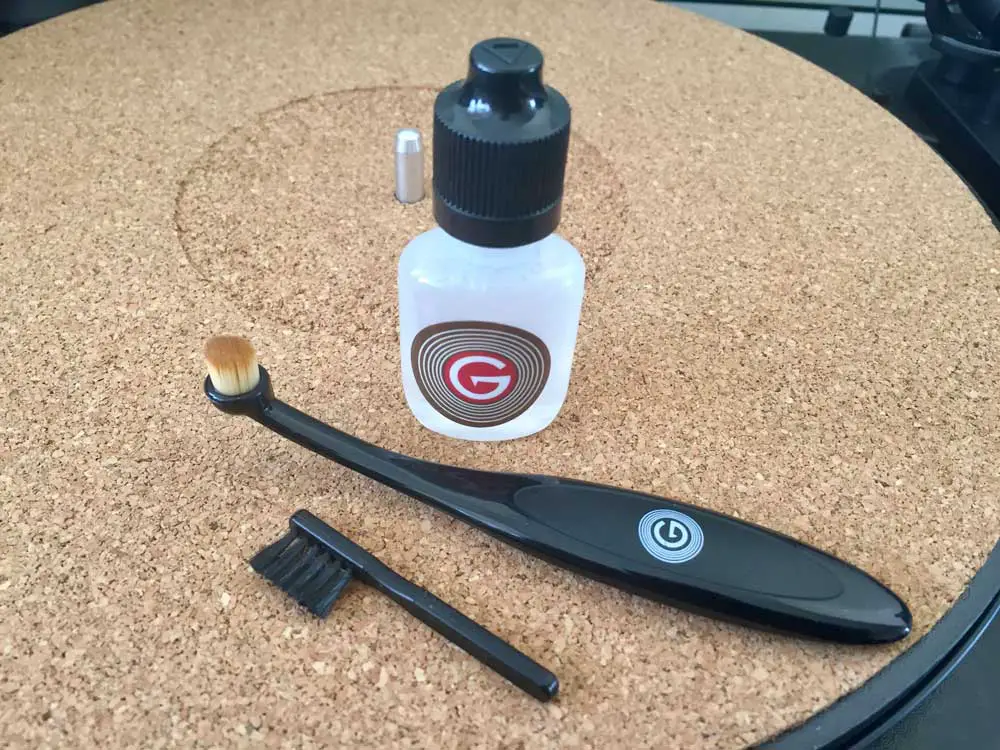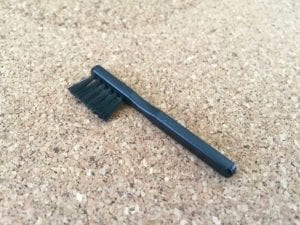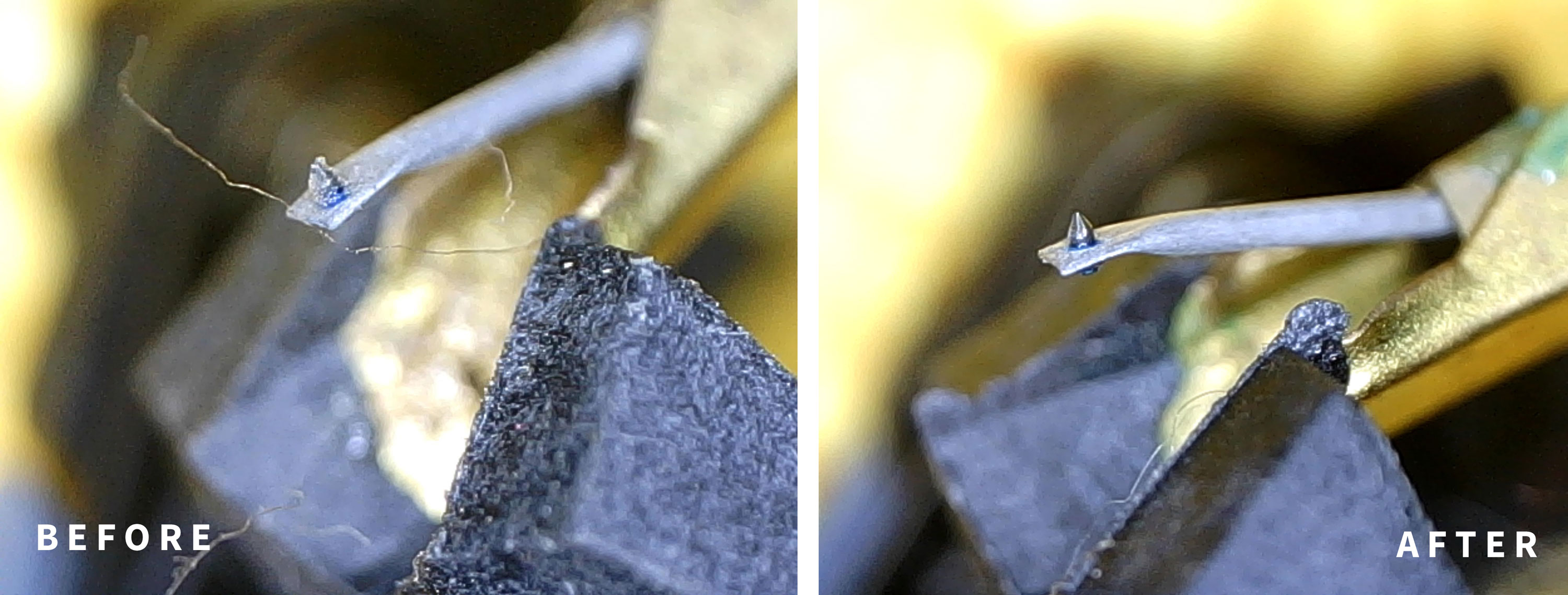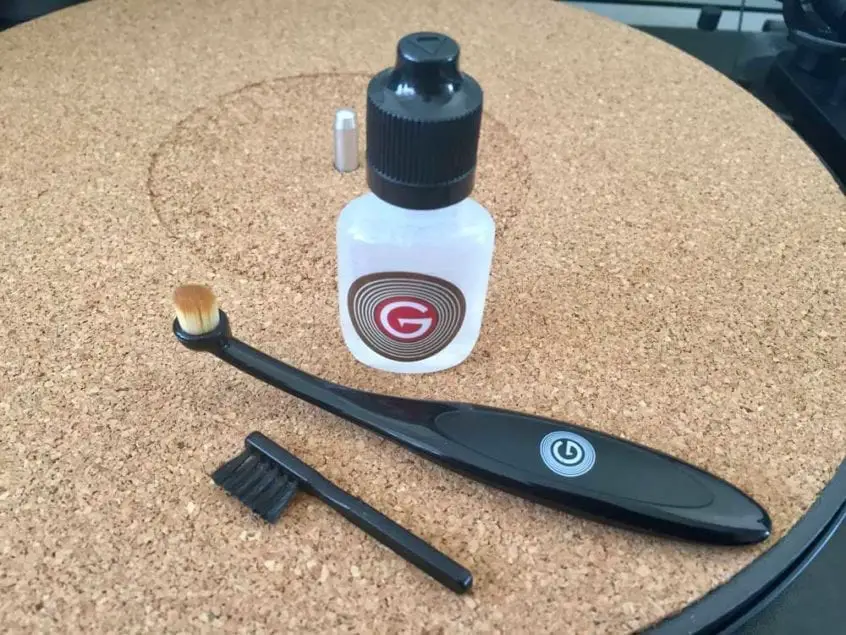As the 26th U.S. President, Theodore Roosevelt once said, “Nothing in the world is worth having or worth doing unless it means effort, pain, difficulty… I have never in my life envied a human being who led an easy life. I have envied a great many people who led difficult lives and led them well.”
These words will almost certainly resonate with many vinyl record enthusiasts; moreover, judging from the latter sentence, it’s fairly safe to say that Roosevelt would undoubtedly have significant respect for those who choose vinyl records as their primary listening platform. After all, if we wanted it easy, we’d choose digital streaming in a heartbeat.

There are no two ways about it, looking after your vinyl records requires a significant amount of maintenance when compared to digital music. Nevertheless, good things come to those who wait, as the old saying goes. Patience, ultimately, is rewarded.
Most vinyl collectors recognize the immediate benefit of cleaning vinyl records, but one area that is perhaps often overlooked is stylus maintenance. Often, listeners will get carried away cleaning their records and ultimately forget the key component that makes direct contact and reads the all-important grooves. It’s an easy mistake to make, as most of the grime that builds up on your stylus is invisible to the naked eye. However, as the first point in the signal chain, the “health” of your stylus is imperative to the preservation and sound quality of your records.
Even if you maintain an impeccable record collection, you will still need to perform stylus maintenance in the form of cleaning. Dirt and debris invariably build up over time, and your stylus will “plough” out any debris that isn’t removed by record cleaning. The latter is of particular importance when considering used records.
(Take a listen to the audio samples included in my review of GrooveWashers G2 cleaning fluid. These audio samples demonstrate just how dirty vintage records can be before cleaning. Now imagine the effect on your stylus as it “ploughs” through years of dirt, dust, and goodness knows what else!)
Cleaning Your Stylus
Many stylus manufacturers will ship their product with a basic cleaning brush (such as the one pictured below). If you’re not already using this, you should, as although they’re not as effective as they could be, some cleaning is better than none.

Ideally, though, you should invest in a more appropriate, purpose-designed tool for stylus cleaning. Having recently tested Groovewashers cleaning system with very positive outcomes, I decided to give their SC1 Stylus Cleaning Kit a spin (see what I did there) in the hope of more positive results.
GrooveWasher SC1 Stylus Cleaning Kit Review
On first impression, it would be easy to dismiss the SC1 as “just another stylus brush.” However, on further inspection, it’s clear that GrooveWasher have gone the extra mile to think outside the box. As was the case when reviewing their cleaning system, I am left with the overall impression that a lot of time and energy went into improving the customer experience.
It’s the small details that count. Instantly apparent is the curved design – a small, but significant design differentiation from competitors that makes access to the delicate stylus, just that little bit easier. Also noticeable is how much longer the cleaning bristles are when compared to many competitors; these longer, dense bristles help clean the stylus thoroughly while reducing the risk of knocking the delicate stylus shank.
The images below show one of my styli before and after cleaning. As you can see, the example stylus is coated with a significant amount of unwanted dust and grime. It only took a tiny drop of GrooveWashers SC1 fluid on to the cleaning brush to help sweep away this grime, leaving the stylus clean and the audio playback greatly improved.

In addition to the noticeable improvement in audio clarity, I can also report that there is no audible sign of cleaning fluid residue. The SC1 fluid is a variation on GrooveWashers G2 cleaning solution, which is deliberately designed to evaporate quickly while keeping troublesome sticky residue to negligible amounts.
The Bottom Line
Once again, I’m left feeling impressed with the GrooveWasher teams’ attention to detail in their product development. I’ve been using the SC1 Stylus Cleaning Kit for two weeks now, and it’s proving a real lifesaver – particularly for those first few plays of second-hand record purchases. If I had to pick fault, (and this really is nitpicking) a small case to help keep the stylus brush dust free would improve the product slightly. Cumulatively, though, SC1 is yet another successful product from GrooveWasher that once again successfully improves on much of the competitions offering. If you’re still using those tiny short brushes that ship with many styli and carts, you’ll thank yourself for making the switch to SC1.




I would really like to know if you guys were sponsored by GrooveWasher
Thanks in advance
Thanks August. In 2017 (when this article was written), no. Today, however, they do work with me as a partner brand. Their starter kits are pretty cheap. I would recommend starting with one of those if you have any doubts before committing to a bigger kit. Let me know how you get on. Happy spinning!
[…] the best results, invest in a purpose-designed stylus cleaning kit. I use the GrooveWasher SC1. It’s a very simple and cost-effective kit consisting of a stylus brush and the SC1 stylus […]
[…] terms of results, I’ve reviewed both the G2 record fluid and the SC1 stylus cleaning kit extensively in the previous articles linked, respectively. For this review’s purpose, I will […]
[…] hear the results for yourself, check out our review of their G2 record cleaning solution and the SC1 stylus cleaner, […]
[…] stylus brush (and, if necessary, a drop of stylus cleaning fluid on the brush)—we recommend the GrooveWasher Stylus Cleaning Kit of course—to remove any accumulated dust or grime on the […]